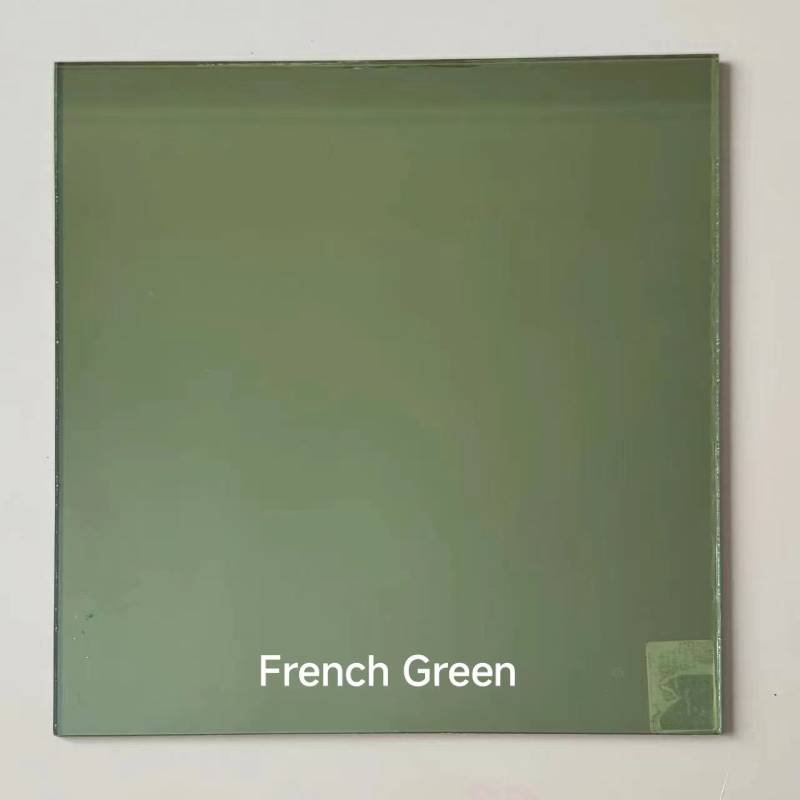

Understanding Low-E Glass Types A Comprehensive Guide
Low-emissivity (Low-E) glass represents a significant advancement in window technology, aimed at enhancing energy efficiency in buildings. As environmental consciousness grows and energy costs fluctuate, the demand for superior insulation properties in windows is on the rise. This article will explore the different types of Low-E glass, their applications, benefits, and considerations for homeowners and builders.
What is Low-E Glass?
Low-E glass has a microscopically thin coating that reflects heat while allowing natural light to pass through. The primary purpose of this coating is to reduce the amount of ultraviolet (UV) and infrared light that enters a building, ensuring that indoor temperatures remain stable regardless of external conditions.
Types of Low-E Glass
Low-E glass typically comes in two main types hard coat and soft coat. Each type has distinct characteristics and applications.
1. Hard Coat Low-E Glass - Manufacturing Process Hard coat Low-E glass is produced by applying a coating of tin oxide during the float glass manufacturing process. This coating bonds to the glass surface with high durability. - Performance Hard coat glass primarily reflects heat in the winter and allows some solar gain in warmer months, making it somewhat ideal for colder climates. - Advantages It holds up well against scratches and is generally less expensive than soft coat products. Its durability makes it suitable for various applications, including windows and facades. - Limitations The main downside is that it generally has lower performance in terms of thermal insulation compared to soft coat varieties.
2. Soft Coat Low-E Glass - Manufacturing Process Soft coat Low-E glass is made by sputtering metallic layers onto the glass surface under vacuum conditions. This results in multiple layers that enhance its performance. - Performance Soft coat glass offers superior thermal insulation properties, reflecting heat away from interiors during the summer while keeping warmth inside during the winter. This makes it particularly advantageous in climate conditions that experience both hot summers and cold winters. - Advantages It typically has a higher performance rating, providing significant energy savings over time. The aesthetic quality is also noteworthy; soft coat glass tends to have higher clarity and less distortion. - Limitations One significant drawback is its reduced durability when compared to hard coat Low-E glass, making it more susceptible to damage and requiring more careful handling during installation.
Benefits of Low-E Glass

1. Energy Efficiency By minimizing UV and infrared light penetration, Low-E glass significantly reduces energy consumption for heating and cooling, leading to lower utility bills.
2. UV Protection Low-E glass effectively blocks harmful UV rays, protecting interiors from fading and harm. This is particularly important for homes with valuable furnishings, artworks, and flooring.
3. Comfort The consistent indoor temperature maintained by Low-E glass translates to enhanced comfort throughout different seasons.
4. Environmental Impact Using Low-E glass contributes to reduced carbon footprints, aligning with sustainable building goals and practices.
Considerations When Choosing Low-E Glass
- Climate The selection of Low-E glass should correspond with the climate. In predominantly cold regions, hard coat types may suffice, while soft coat options may prove more beneficial for mixed or hot climates. - Building Orientation Understanding which way your windows face can help in choosing the correct type, as south-facing windows may benefit more from soft coat glass due to increased solar gain.
- Regulation Compliance Some regions have specific energy efficiency standards; ensuring that selected Low-E glass meets these regulations is crucial.
Conclusion
In a world increasingly focused on energy conservation and sustainability, Low-E glass offers a myriad of benefits for residential and commercial properties alike. By understanding the differences between hard coat and soft coat Low-E glass, property owners can make informed decisions that not only enhance comfort and efficiency but also promote environmental responsibility. Investing in Low-E glass is not just a wise choice; it’s a step toward a more sustainable future.